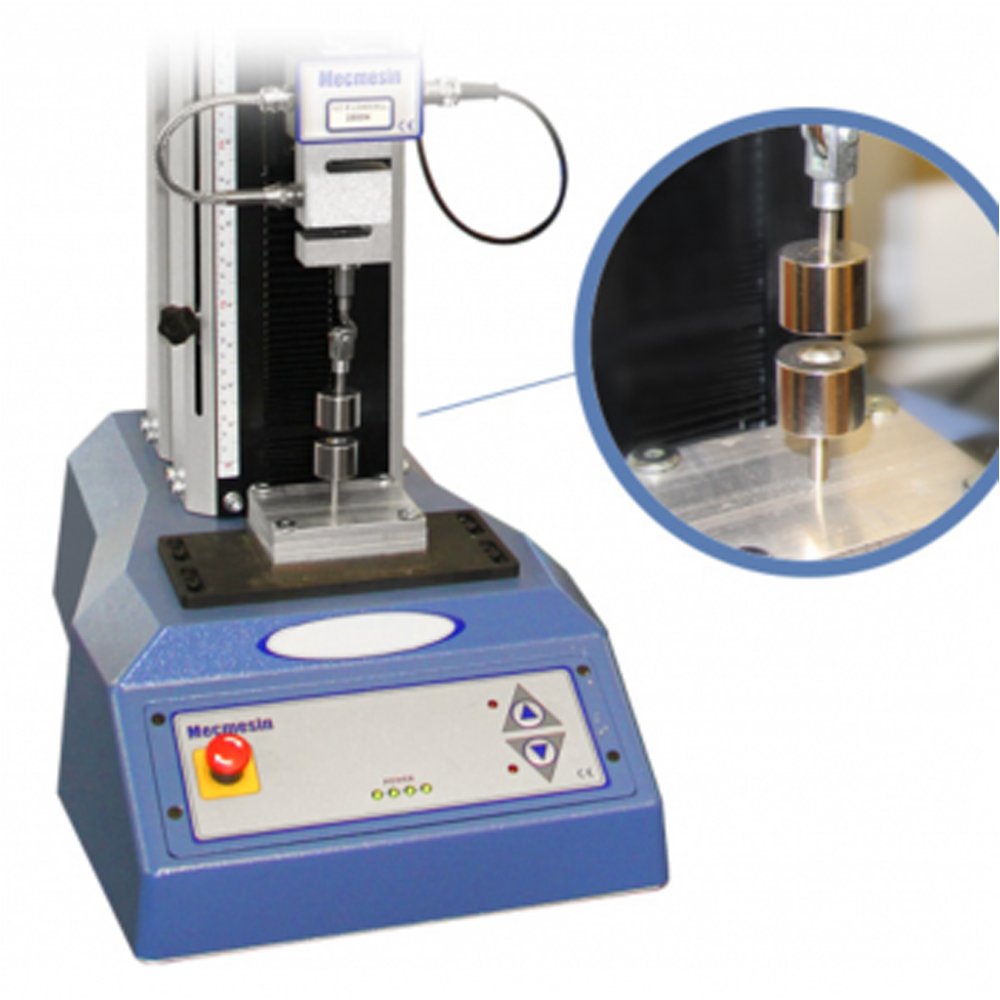At Magnet Expert, we believe in sharing our knowledge of and passion for magnets, here you will find the information directly from our team of experts covering the questions we are frequently asked.
Our aim is to explain everything there is to know about using permanent magnets in an easy-to-apply way, however, if you have a technical question not answered here, please do not hesitate to contact our team.
How Does a Magnet Work?
How a permanent magnet works is all to do with its atomic structure, all ferromagnetic materials produce a naturally occurring, albeit weak, magnetic field created by the electrons that surround the nuclei of their atoms.
These groups of atoms can orient themselves in the same direction and each of these groups is known as a single magnetic domain. Like all permanent magnets, each domain has its own north pole and south pole. When a ferromagnetic material is not magnetised its domains point in random directions and their magnetic fields cancel each other out.
To make a permanent magnet, ferromagnetic material is heated at incredibly high temperatures while exposed to a strong, external magnetic field, this causes the individual magnetic domains within the material to line up with the direction of the external magnetic field to the point when all the domains are aligned, and the material reaches its magnetic saturation point.
The material is then cooled, and the aligned domains are locked in position, this alignment of domains makes the magnet anisotropic. After the external magnetic field is removed hard magnetic materials will keep most of their domains aligned, creating a strong permanent magnet.
What Does The “N Rating” of a Neodymium Magnet Refer To?
There are many different grades of neodymium commercially available ranging from N35 to N55, along with other high-temperature variations. The ‘N’ grade relates to the maximum energy product of the magnet, a measure of the magnet’s strength.
For example, an N35 neodymium magnet will have a maximum energy product of 35 Mega-Gauss Oersted (MGOe) and an N55 will have a maximum energy product of 55 Mega-Gauss Oersted. Generally speaking, the higher the grade, the stronger the magnet.
You will sometimes see variations of the ‘N’ rating with one or two letters following the number, these denote high-temperature grades, and each will have a different maximum operating temperature.
Does Stacking Magnets Make Them Stronger?
Using two magnets together would be the same as having one magnet of their combined size.
For example, if you stacked two 10mm diameter x 2mm thick magnets on top of each other you would have effectively created a 10mm diameter x 4mm thick magnet, essentially doubling the magnet’s strength and pull.
Once the length of the magnet exceeds the diameter of the magnet, the magnet is working at an optimum level and further additions to magnetic length will provide only small increases in performance.
Can I Increase The Strength of a Magnet I Already Have?
Once a magnet is fully magnetised, it cannot be made any stronger as it is fully ‘saturated’. By adding one magnet to the other, such as stacking, the stacked magnets will work as one bigger magnet and will exert a greater magnetic performance.
As more magnets are stacked together, the strength will increase until the length of the stack is equal to the diameter. After this point, any further magnets added will provide a negligible increase in performance.
How Long Does a Permanent Magnet Last?
A permanent magnet, if kept and used in optimum working conditions, will keep its magnetism for years and years. For example, it is estimated that a neodymium magnet loses approximately 5% of its magnetism every 100 years.
Optimum working conditions include not subjecting the magnet to temperatures above its maximum operating temperature, protecting it from corrosion, and not subjecting them to strong demagnetising fields.
How Long Will a Neodymium Magnet Last?
Neodymium magnets are permanent magnets and lose a fraction of their performance every 100 years if maintained within their optimum working conditions.
There are two factors that can shorten a magnet’s lifespan.
Heat
If the temperature of a magnet exceeds the maximum operating temperature, for example, 80°C for N42 grade neodymium magnets, then the magnet will lose magnetism that will not be recovered on cooling.
Samarium cobalt magnets are not quite as strong as neodymium magnets but they do have a much higher operating temperature of up to 350°C.
Corrosion
If the plating on a magnet is damaged and water can get inside, the magnet will rust and again this will result in a deterioration in magnetic performance. Samarium cobalt magnets and ferrite magnets are both resistant to corrosion but aren’t as strong as neodymium magnets.
Contact Magnet Expert Today
At Magnet Expert, we welcome any inquiry about magnets, their applications, and your custom magnet needs. If you have questions regarding our magnetic assemblies or systems, technical information, and advice, or you simply want to place an order please call 0845 519 4701 or fax us at 0870 838 1233.
If you prefer to send us an e-mail directly, please feel free by emailing us at sales@magnetexpert.com.
Our business hours: Monday to Friday 8.00 am to 5.30 pm.


